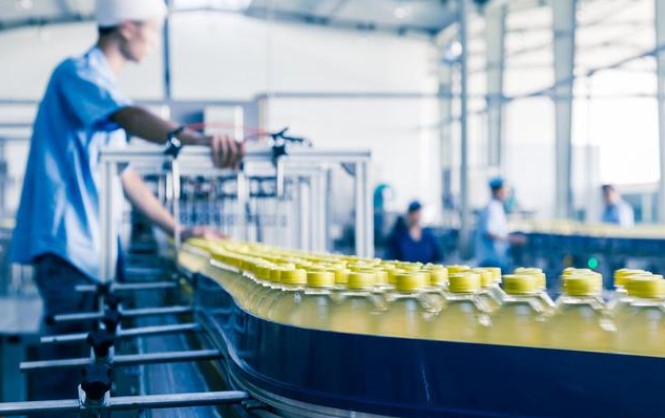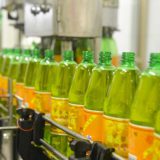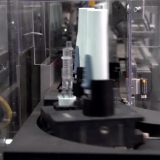Since humans began to grow and harvest their foods or rear domestic animals for the purpose of meat we have found ways to preserve foods. Preserving our foods enables us to make them more digestible and last longer, this means we can store some for lean times when food isn’t as abundant.
This preserving process is also known as processing. Processing would have consisted of adding certain ingredients such as preservatives like vinegar for pickling. It would have also involved boiling, drying, and milling.

Safety of food processing
In the modern age, the processing is far more wide-scale and is more often done in a factory setting using machines. The food industry has found new ways to preserve and process our foods. Unfortunately, this often includes using ingredients that are not so good for our health as a nation and as individuals. For example;
• sugars – such as white refined sugar, corn syrups, and fructose and sucrose
• salts
• fats (hydrogenated fats)
• bleached flours
• additives, colorings, and artificial flavorings
The food industry would rather you didn’t know what processes are used to produce the foods that we buy from the supermarket shelves every day. Several experiments have been carried out throughout the food industry for years, yet many of these experiments have never been publicized. For example, in the 1940s several experiments on rats were performed. They were to assess the effects of processed cereals using the extrusion process. The findings were shocking, rats fed on the extruded grain, water, and a nutrient solution survived just two weeks, whereas rats fed on whole wheat grains, water, and a synthetic vitamin and mineral solution survived over a year. Because the findings would be extremely detrimental to the industry, the findings were buried away in the company’s archives.
This is just one example of the many worrying effects that our processed diets are having on our lives. The food industry knows this but chooses to hide it from us. With luck, the tide is turning and the general public is beginning to understand what we are truly eating and how we can change our eating habits for the better.
Valves for food processing
In order for a valve to be considered sanitary, it must NOT have crevices or cavities in order to keep bacteria from feeding and multiplying. The wetted surfaces (that contact the process media) must be polished and their radiuses must be of a minimum size to avoid any and all clinging or entrapment. Sanitary Ball valves provide tight shut-off and characteristic control.
There are many types of sanitary valves like the globe, diaphragm, pinch, knife, or butterfly, just to name a few. For the sake of beverage processing, we would prefer to go with Sanitary 3 way ball valves for they have high rangeability due to the design of the regulating element, without the complications of side loads typical of butterfly or globe valves.
While plastic, brass, and other materials are acceptable for use in sanitary applications, stainless steel is preferred by most. Some of the most common sanitary valve applications are used in dairy processing, brewing, and wine and spirits making.



